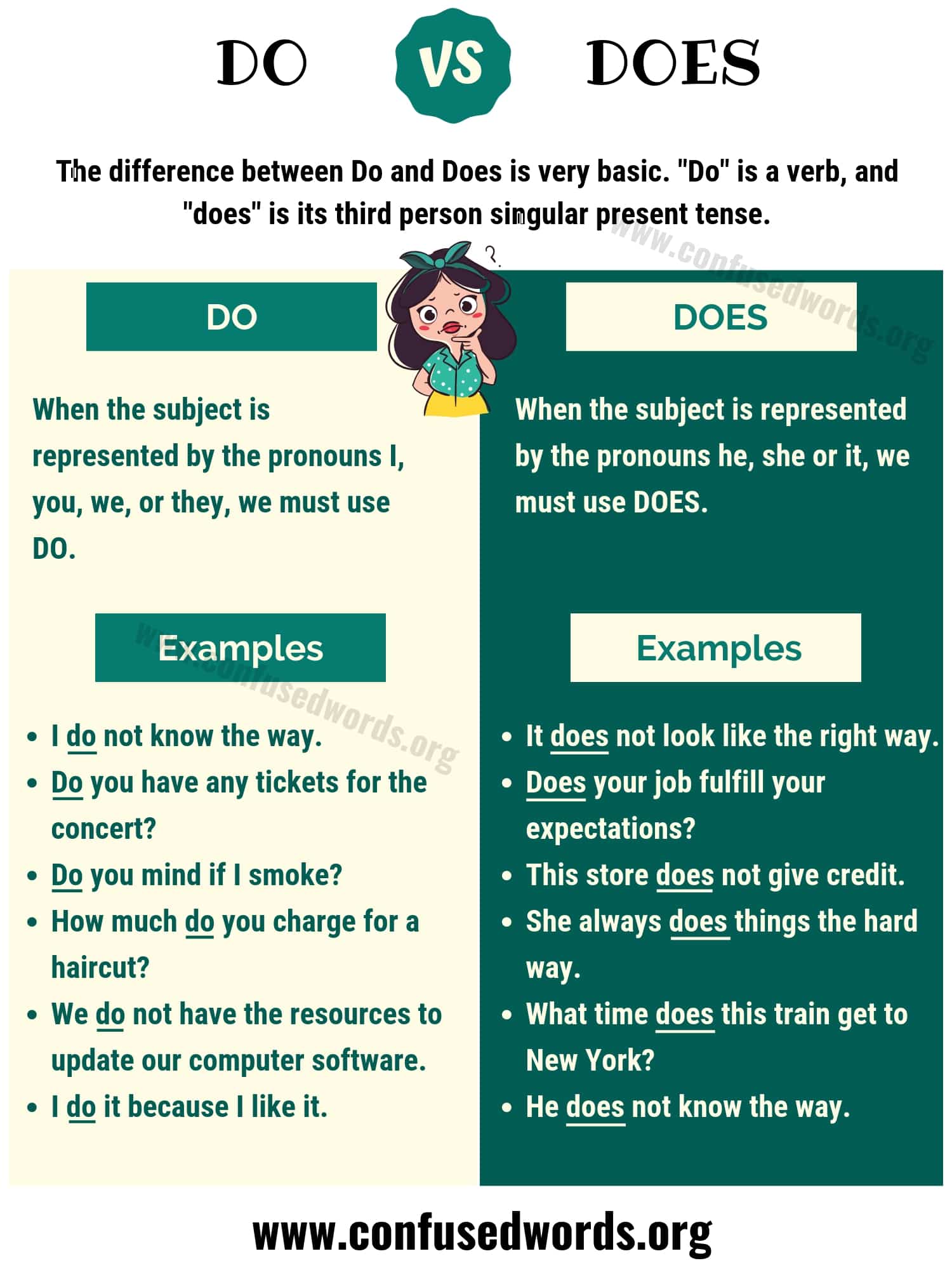In the intricate discourse of Bahá’í teachings, the question of women’s expression and the interplay between tact and courageous speech presents itself as a profound and multifaceted challenge. This essay explores whether tact for women implies silence or embodies a form of courageous speech, ultimately inviting readers to reflect on their own understandings of communication within the parameters of faith and cultural expectations.
To begin, it is imperative to delve into the construct of tact as it relates to the Bahá’í perspective on communication. Tact is often characterized by sensitivity in dealing with others, particularly in potentially volatile situations. For many, tact can be perceived as synonymous with restraint, leading to the thought that women, by applying their inherent observational and empathetic skills, should prioritize silence over speaking out. However, this raises an essential question: does such a perspective inadvertently undermine the potential for transformational dialogue? The Bahá’í Faith, with its principles of justice and unity, advocates for the active engagement of both genders in community discourse. This engagement urges a reconsideration of silence as a default mode of behavior.
Historically, various cultures have conditioned women’s expressions, frequently relegating them to silence or muted voices. Within these frameworks, silence is sometimes inexplicably equated to virtue, particularly when it manifests as a sacrifice for the harmony of the collective. However, such strategies might not always favour the greater good. Women, especially those inspired by Bahá’í teachings, are encouraged to articulate their insights with both courage and tact. This leads us to a critical juxtaposition: Should women adhere to a predominantly passive role, or does the essence of tact necessitate an active, courageous articulation of beliefs?
Examining the foundations of Bahá’í teachings reveals that both women and men are endowed with divine potential to contribute meaningfully to society. The vision articulated by Bahá’u’lláh emphasizes the need for equality between the genders, offering an inclusive environment where the contributions of women can flourish unfettered by societal restraints. Within this context, courageous speech becomes an imperative rather than an option. To elevate one’s voice in the face of misunderstanding or prejudice is not merely an act of rebellion but a profound expression of faith and commitment to the principles of justice.
Through the lens of courageous speech, one considers the implications of speaking out. To voice one’s thoughts, especially in a climate historically riddled with silencing mechanisms, demands not mere audacity but also a refined, tactful approach. The art of communication thus becomes sophisticated, a delicate dance between authenticity and decorum, where the motivation of intention plays a significant role. With the expectation of tact comes responsibility; women must navigate the complex interplay between their words and the perceptions of their audience. This intricacy signifies that courage is often not found in the loudness of one’s voice but in the depth of one’s conviction.
A significant aspect of courageous speech within Bahá’í teachings revolves around the advocacy for social justice. Women engaging in advocacy echo the principles enshrined in Bahá’í thought—a call to action that necessitates a fearless yet thoughtful approach. Herein lies the challenge: how does one maintain tact while also asserting the need for change? This duality becomes a central theme when discussing the role of women in leadership positions, as their unique perspectives can catalyze meaningful transformations in both private and public spheres.
Further, the transformative power of courageous speech extends beyond mere individual expression. It fosters a communal spirit, igniting collective movements toward equity and understanding. The Bahá’í teachings articulate a vision where dialogue supersedes conflict, and in this realm, women’s voices are crucial. Each instance of courageous speech serves as an invitation for others to engage, sparking a broader discourse of inclusivity and progress. The act of speaking out, therefore, can assert one’s presence while simultaneously uplifting the voices of others who might feel marginalized.
Moreover, one must consider the implications of silencing—both self-imposed and externally enforced. When women choose silence as a means of maintaining peace or upholding tradition, they often lose the opportunity to shape narratives and influence outcomes. The Bahá’í framework advocates for a balanced approach, one that encourages women to speak their truths while exercising nuanced tact, a synergy that honors both self-expression and community welfare.
As we draw upon these discussions, it becomes increasingly clear that the choice between silence and courageous speech is not always dichotomous. It can be a spectrum where tact and assertiveness coexist. The Bahá’í teachings propel individuals toward a harmonized existence, one that encourages the pursuit of justice through informed and respectful dialogue. Women, therefore, are called to embrace the dual pathways of expressing their opinions and nurturing an environment conducive to understanding and growth.
In conclusion, the exploration of whether tact implies silence or encourages courageous speech reveals a rich tapestry of possibilities for women within the Bahá’í context. It is incumbent upon individuals to recognize the power of their voices while navigating the intricate dynamics of communication with both grace and assertiveness. This challenge is not merely one of speech but of embodying the essence of Bahá’í principles—daring to speak for justice, to articulate for peace, and to engage in courageous dialogue, all while maintaining a deep reverence for the tapestry of humanity.
